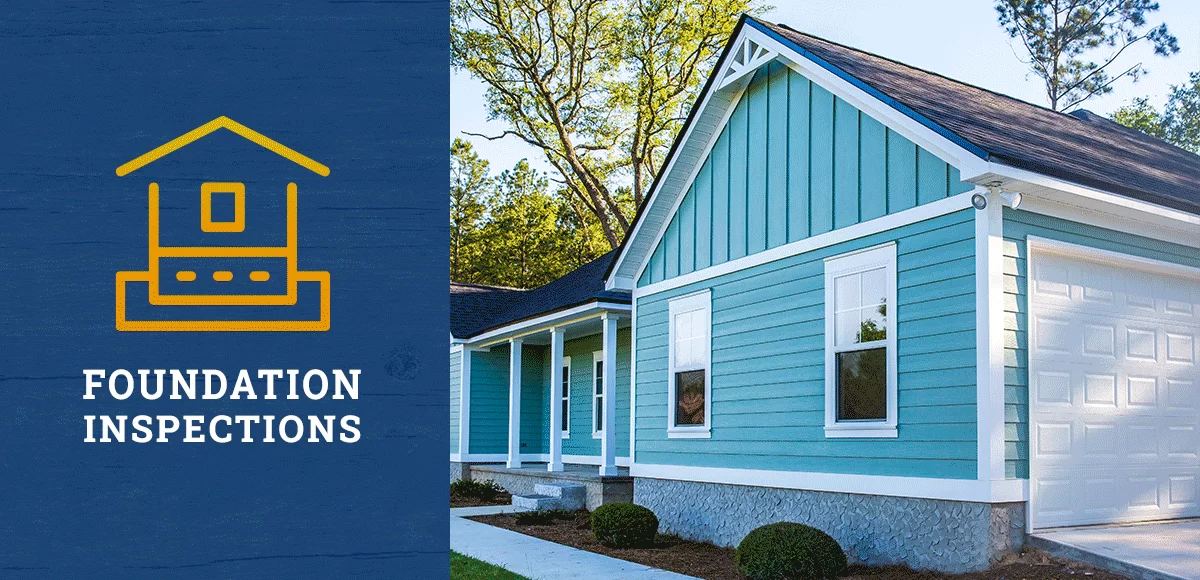Foundation Inspections: What You Should Know
August 15, 2023

When it comes to the structural integrity of your home, one of the most critical elements to consider is its foundation. A solid foundation provides stability to the entire structure and ensures your home stands the test of time.
Types of Foundations Found in Homes
Slab Foundation: A concrete slab is poured directly onto the ground, serving as both the foundation and the floor of the house. Slab foundations are cost-effective and ideal for areas with minimal soil movement.
Crawlspace Foundation: This type of foundation elevates the house slightly above ground level, providing a small space (crawlspace) beneath the house. It allows for easier access to utilities and maintenance.
Basement Foundation: Basements provide a complete, usable living space below ground level. They are popular for their versatility but require careful waterproofing and drainage systems.
Pier and Beam Foundation: Wooden or concrete piers support the house above ground level, with beams spanning across them. This foundation type is common in older homes and offers better ventilation and access for repairs.
What Are the Potential Consequences of Foundation Issues?
When foundation problems occur, they can cause a range of issues that threaten the stability and safety of your home. The shifting or cracking of the foundation can lead to cracks in the walls, uneven floors, and problems with doors and windows. Over time, these problems can cause your entire home to become out of alignment, compromising its structural integrity and safety. It is essential to address any foundation issues immediately to prevent them from becoming significant problems.
What Should You Expect During a Foundation Inspection?
A professional foundation inspection involves a thorough assessment of various components, including:
Visible Cracks and Settling: Inspectors will examine your home’s exterior and interior for any visible cracks in the foundation walls, floors, and ceilings. Uneven settling of the foundation can indicate underlying issues.
Moisture Levels: Excessive moisture around or beneath the foundation can lead to deterioration and instability. Inspectors will look for signs of water damage or high moisture levels.
Gaps and Spaces: Gaps between walls, doors, and windows can indicate foundation movement. These can affect the energy efficiency and security of your home.
Soil Conditions: The type of soil your foundation rests upon plays a significant role in its stability. Inspectors will evaluate the soil composition and how it might affect your foundation.
Structural Components: Professionals will examine the foundation’s structural elements, such as beams and columns, to ensure they’re in good condition.
Facing Foundation Flaws:
Foundation flaws don’t have to be a deal breaker. Depending on the extent of the damage, it may still be worth buying the property. Determining what it takes to correct the issue is your best course of action. Remedies can range from minor repairs to comprehensive foundation stabilization efforts.
Each Method home inspection encompasses a thorough foundation assessment, an integral part of the all-encompassing report we provide. Utilize our convenient Online Scheduler to book your home inspection appointment today!
